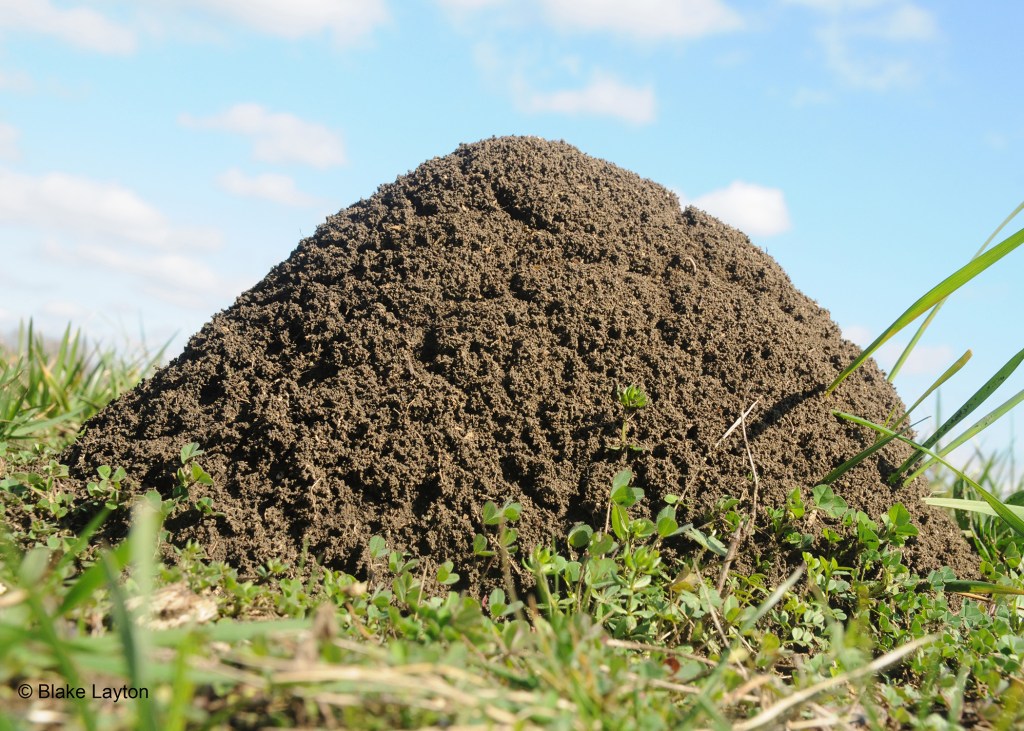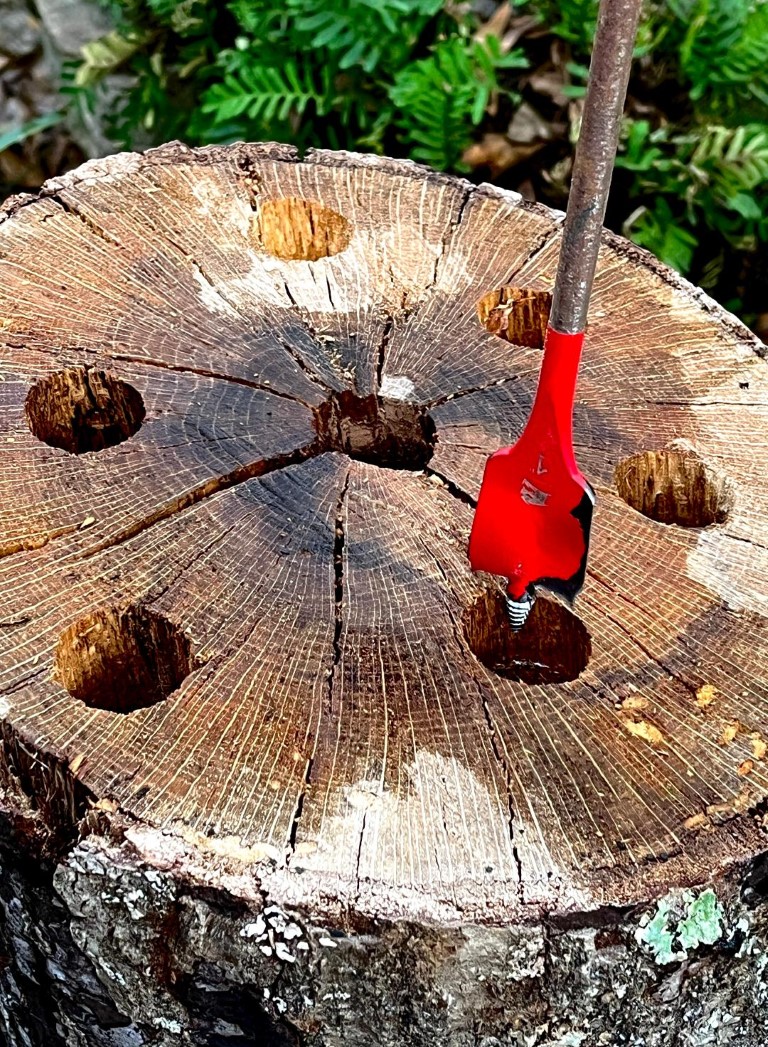Two-step method manages fire ants in lawns, gardens
Published 8:47 am Wednesday, April 7, 2021

- CUTLINE: Fire ant baits used properly and consistently are the easiest, cheapest and most effective way to reduce these stinging pests by 80-90%. (Photo by MSU Extension/Blake Layton) Alt-text: A closeup of a fire ant mound.
By Susan Collins-Smith
MSU Extension Service
Fire ants are the most common pests of home lawns, but homeowners can manage them with the right approach, and spring is the perfect time to begin the process.
“The easiest, cheapest and most effective thing you can do to control fire ants is to use baits and mound treatments consistently,” said Blake Layton, Mississippi State University Extension Service entomologist. “Learn to use baits properly and preventively, and you will see 80-90% fewer fire ant mounds in the lawn.”
Trending
The method is a two-step process. First, apply granular fire ant baits to the entire yard three times per year — around Easter, Independence Day and Labor Day. Second, apply baits to individual mounds throughout the year as soon as they appear.
“Early spring is one of the best times to apply broadcast fire ant baits because fire ants are actively foraging for food at this time,” Layton said. “If you are going to treat only one time per year, do it in the spring after pecan trees begin to leaf out.
“You can improve control by treating again in midsummer and a third time in the fall, especially if you live in a rural area where fire ants are abundant,” he said. “In more urban areas, you may only need to treat once or twice per year.”
An inexpensive, handheld spreader is sufficient to apply baits and is the best application method for most formulas of fire ant bait.
Spreaders that are pulled behind mowers or other motorized equipment are not recommended. The running speed of this equipment affects calibration and will result in excess bait being applied. Baits formulated for these machines also are more expensive.
For property owners who need to treat a large area, Layton recommends the Herd Seeder.
Trending
“The best option for applying granular fire ant baits to large areas, such as a 20-acre horse pasture or 5-acre landscape, is to use a Herd Seeder that is set up and calibrated for the fire ant bait you plan to use,” Layton said. “These battery-powered spreaders can be mounted on ATVs or other equipment and calibrated to apply the proper amount of bait.”
For mounds that pop up between broadcast applications, keep a can of dry fire ant mound treatment, which can be applied quickly and easily. Individual mound treatments also come in liquid form. Use a liquid — or drench — treatment only when it is necessary to destroy the mound within a few hours. Liquid treatments are more time-consuming to apply.
Application rates vary by product. Always read and follow the label instructions. When used as directed, granular fire ant baits are safe for use around people, pets and wildlife.
“People and pets can reenter the area immediately after use,” Layton said. “Just avoid spills that result in piles of bait, and avoid sprinkling heavy amounts of bait on the tops of fire ant mounds, which is not the way to properly use granular fire ant baits anyway.”
Using the two-step method for the landscape will help control fire ant mounds in the vegetable garden as well.
“The best way to prevent fire ants in the vegetable garden is to control fire ants in the lawn area immediately surrounding the garden,” Layton said. “Outside the garden, one can use any fire ant product that is labeled for home lawns.”
Some fire ant bait products are safe to use inside the vegetable garden and around other edible crops. For example, gardeners can use products containing the active ingredients spinosad or Methoprene, as well as mound drenches containing permethrin or spinosad, Layton said.
“If you use a product with methoprene, make sure the active ingredient is only methoprene and not methoprene and hydramethylnon,” he said. “Always read product labels carefully before treating.”
Rick Snyder, Extension vegetable specialist, said gardeners should be careful to use only products labeled for use in vegetable gardens.
“It is illegal to use these products if they are not labeled for use around vegetable crops,” he said. “It is also harmful to consume vegetables if you use the wrong product around them.”
Many products have active ingredients that can be absorbed into the plant and fruit itself and would be harmful if consumed.
Fire ants are mostly a nuisance to the gardener, but they also can kill and damage plants by tunneling around the roots, chewing on young plants and making aphid infestations worse. They can damage the fruit of certain plants, such as okra and Irish potatoes.
Gardeners who follow organic practices can use some spinosad products, which will be labeled as approved for organic use. Snyder recommends staying away from natural remedies, including the use of grits or hot water, touted to get rid of fire ant mounds.
“None of these really work,” Snyder said. “At least, they don’t give consistent results. Boiling water may kill a mound. But if you have more than a few, and you need a gallon of boiling water per mound, that’s a lot of carrying a full tea kettle to each mound. Also, it leaves dead spots in the yard where the hot water has killed the grass, and it may kill your vegetable plants.”





